|
In 2007 I graduated with my bachelor's degree in both studio art (emphasis painting) and CLASSICAL GUITAR PERFORMANCE. That's right. I was a musician--emphasis on was. Music, just like art, has an incredible, magical way of transporting you to new worlds--slowing time to allow you to soar to new heights. When I started learning to play classical guitar in high school, I knew I had found a new outlet for my imagination. Every time I would pick up the guitar to play, I would close my eyes and FEEL the music. Time stood still as I would drift off into a new world of delightful sounds and beautiful stillness.
Music, just like art, can be an incredibly personal thing. When an artist creates, no matter the concept or media, they are putting a piece of themselves into their work. The same goes for musicians; when a musician starts to play a piece, they are putting themselves out there---allowing their audience to have a glimpse into their inner workings. As an artist, music seemed to be a natural pairing--another outlet for me to create and explore...that is, until I decided to major in it. Although this is most certainly not the case for everyone, studying classical guitar in college killed the magic of the instrument for me. Instead of closing my eyes to get lost in the music, I found myself staring at a clock--trying to get in my 4-6 hours of practice each day in preparation for a monstrous senior recital. The beautiful guitar strings turned into instruments of torture, as I did nerve damage to my fingers from pushing them to play pieces that were above my skill level. As soon as I graduated with my degree, I turned my back on classical guitar, and haven't been able to bring myself to play since then. I've heard similar stories from other musicians; many have said, "If you love to play an instrument, don't study it in college." Of course, there have also been many incredible musicians who have emerged from academia unscathed. Those who are truly PASSIONATE about their art will continue to grow no matter the hurdle that stands in their way--and I can honestly say that, although music school pushed me away from classical guitar, it also fueled my passion for my studio art! The piece featured in this post, titled "Forest Song," was first created as a study in hair detail, but subconsciously turned into much more. This piece encapsulates the feeling of getting lost in the beauty and magic of music. May each of you experience "getting lost" in something--be it music, art, or a good book! Happy Labor Day!
0 Comments
Welcome to my newly revised website--complete with blog! After months of regularly updating my artist facebook page, I thought it was high time I started regularly blogging again--this time, with a focus on my processes as a working mixed media artist. If you want to check out my previous blog, focused on artful explorations in nature, click here. Several weeks ago, I was invited to participate in a collaborative arts event at a local bookstore and coffee shop in the area. Collaboration. A golden opportunity for sharing ideas and gaining inspiration for new projects. I couldn't resist. The theme of the evening was "Failed Resolutions," and it just so happened that I had recently finished a new piece, titled "Unresolved Resolutions." It was meant to be--and it turned out to be a wonderful night of collaboration! Now, to get to my point, as this post is not focusing on the benefits of collaborating (perhaps a future post?). Inspiration for this post actually came from an epiphany I had after this collaborative night. The exposure of my work at the bookstore led to three separate conversations, all about the same thing. Each of these individuals was interested in purchasing one of my originals from the event. However, they became confused when I mentioned that prints were also available, as they thought that a print WAS an original. BOOM. Epiphany. As a working artist, I've always assumed that patrons of my art naturally understand the difference between a print and an original work of art. However, now that I have had the chance to think about it, the lines between the two are in fact rather blurry. I think some of the blurriness can be attributed to the fact that printmaking is a form of art. Now, stick with me, "printmaking" refers to a type of art making in which the artist engraves or etches on a surface (called a 'matrix'), such as wood, metal, stone, linoleum, etc. Each print that they create from this 'matrix' is considered to be an original work of art, as each print will vary slightly due to materials used. Printmakers generally create an edition (specific number of prints). The lower the number, the more valuable (as the matrix generally wears out over time). Now, moving onto the source of confusion--the types of prints I, and many other artists offer. Fine art reproductions, or "prints" are COPIES of original works of art. Although I do sign all of my prints, they are not original works of art. An original work of art was created by the artist's hand and has a handmade quality to it (brushstrokes, finger marks, built up surface, vibrant color). A fine art giclee print is generated by a machine (printer), based on a photographed or scanned image of the original. While prints do offer a much more affordable option for purchasing artwork and supporting artists (thank you!), they will not be able to EXACTLY reproduce those bright colors and textures that may be in the original. So, now you may be asking yourself, should I buy prints, or save up for an original? The answer depends on you! Before purchasing a piece, think about what draws you to that work. Is it the colors, textures, and details that the artists incorporates into the work? Do you like the original surface the artists uses? Are you absolutely IN LOVE with the image or a huge fan of a particular artist's work? If so, you might want to consider purchasing the original. However, if you are under a tighter budget, but really love a specific image, and you are more attached to the image than the details of the original work, you may wish to consider purchasing a print. Really, there are no wrong decisions. It's more a matter of personal preference. I'll end this post with an example: To preface, I use cradled artist panel boards for most of my surfaces, which pop out from the wall and include a colorful border surrounding each piece. In addition, several of my pieces include chains or hinges. We'll use this work for my example: This is an older hinged piece I created to sit on a mantel/shelf, rather than hang on a wall. The surface is textured with overlapping papers and layers of paint and the sides (though you can't see them in this image, are a bright peach color. In contrast to the original, here is the fine art print that I offer: As you can see, the print still offers the illusion of texture, and is a great copy of the original. The form of displaying would be the main difference. So, in this rather more extreme example, the choice would be left up to personal preference.
I hope this post helps to clarify some confusion! If you ever have any questions or comments, feel free to post them! |
AuthorWelcome to the whimsical world of Tara Pappas' mixed media art! Thank you for stopping by to view samples of my work and read a little about my adventures as an artist. I am always looking for new ways to connect and grow as an artist, so would love to hear from you if you have any questions or interests in a particular piece. I hope that my work brings you inspiration and joy! Archives
February 2019
Categories
All
|
|
©2024 TARA PAPPAS ALL RIGHTS RESERVED
|
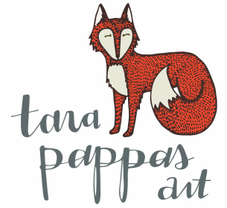
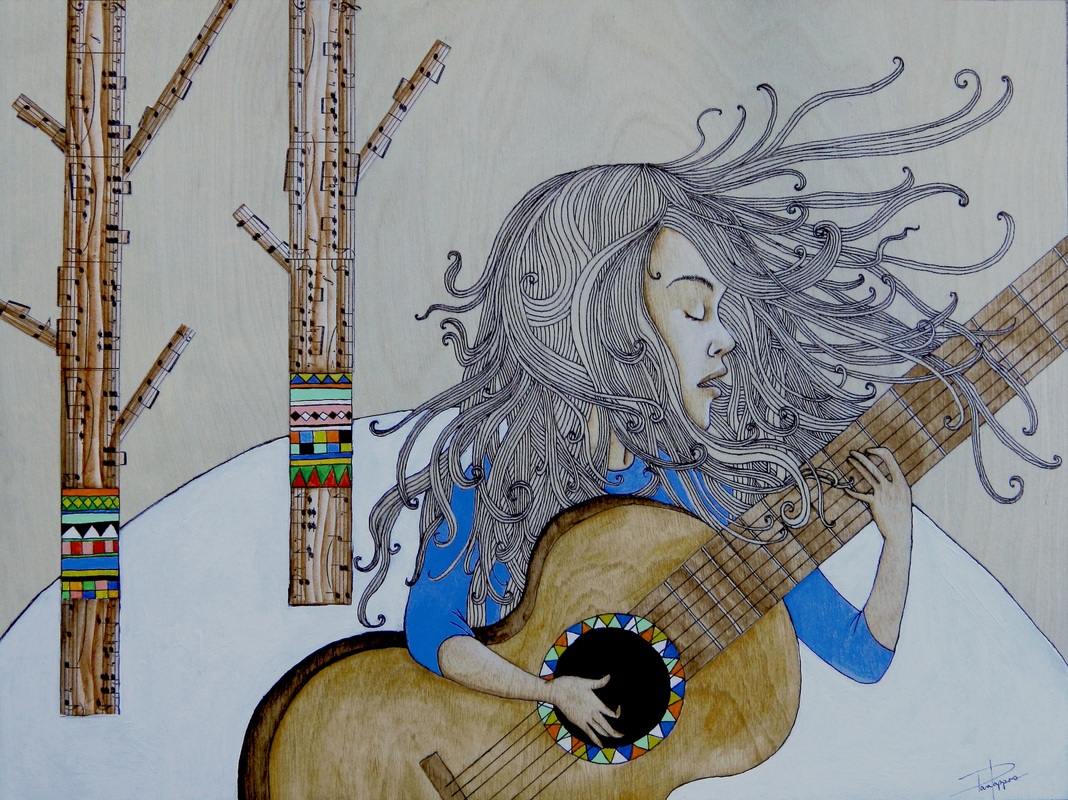
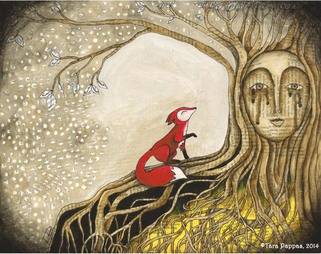
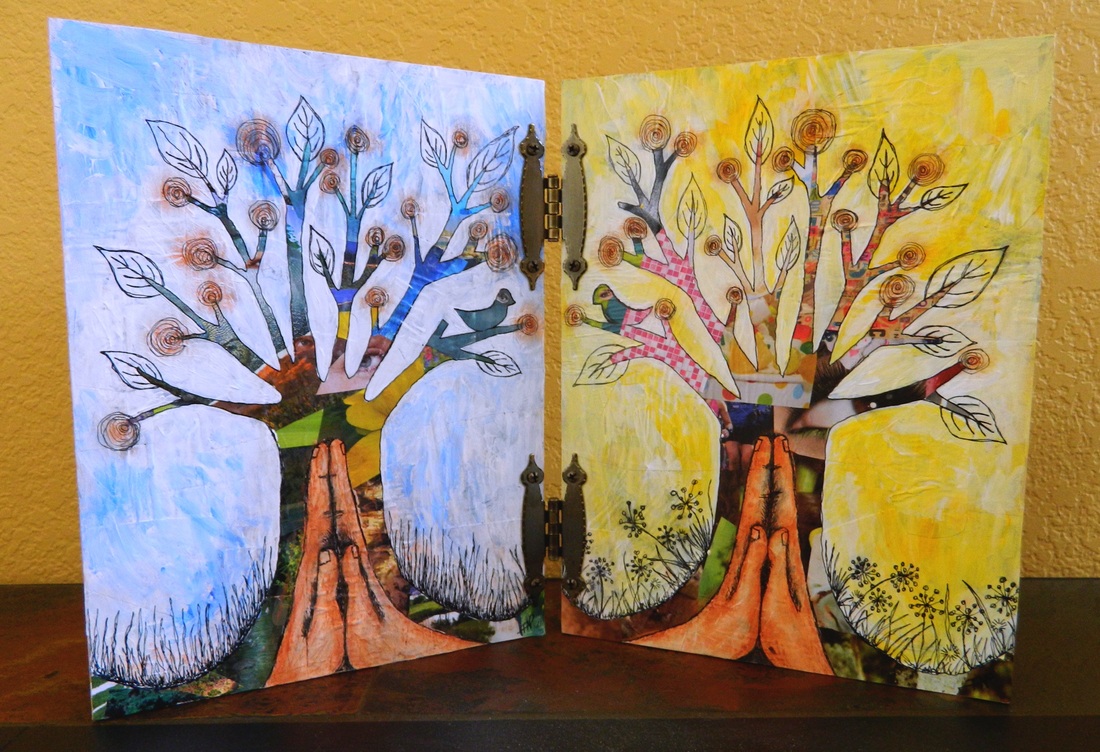
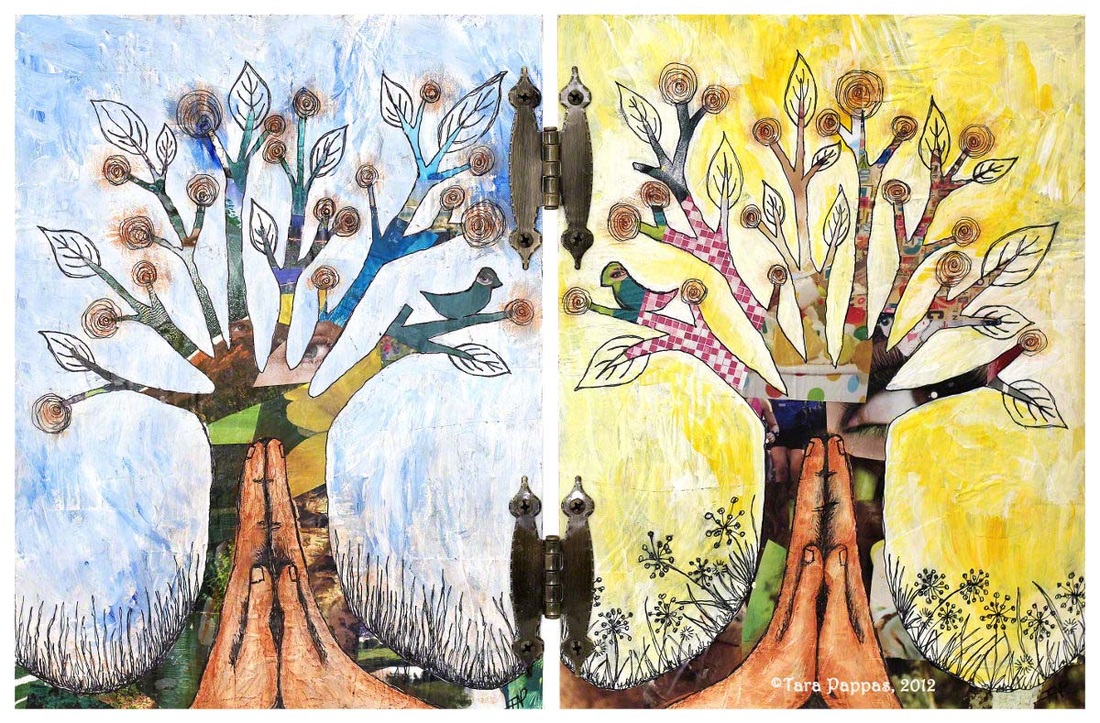
 RSS Feed
RSS Feed